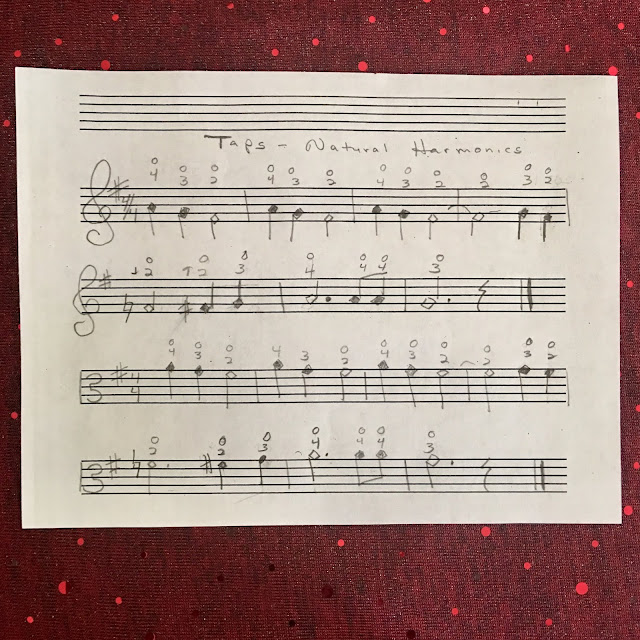Note Reading with Student Composition
Note reading is a real challenge for some students, especially those who learn easier with their ears than their eyes. If the student creates their own short pieces it starts to make more sense. Also, some students will suddenly "click in" after hearing the concepts several times. One student was thrilled to discover that the violin and piano notes had the same pitch and names. It took a few months to get to that moment of clarification, but then she was off and running.
Some students do well with flashcards and there are several books available to help. I particularly like the ones by the Willey family: I Love to Read Series. This series encourages the students to sing the pitch as well as play on their instruments. I have found that more students are able to develop "perfect pitch" or "relative pitch" if they include singing in their music studies. I have had students identify the pitch of their dishwashers or other household sounds.
As a child, I learned note reading using the StringBuilder series by Samuel Applebaum. As a college student at the University of Utah, I was able to attend a workshop with him through the American String Teachers Association. I still like these books because of the duets that are included and the clear diagrams for finger placement.
Below is a set I developed to encourage the students to write their own music. Start off with just open strings. Then add other notes and rhythms. The teacher can do a bit of improvisation to help the students see new possibilities. Is it a slow piece? Is it a song? Is it a dance. What happens when we add a few slurs? What happens if we try different moods, changes in dynamics, or changes in tempo?
Knox's Song was composed by Knox Hawks for viola and I have some variation ideas on the video link. Have fun making up your own music.
Another idea is to take a piece and use the basic melody for variations.
You may add ornaments like mordents, trills, running notes, and broken 3rds as in the 2nd verse
or change the rhythms as in the 3rd verse.
 |
| For Viola |
 |
| For cello |








Comments
Post a Comment